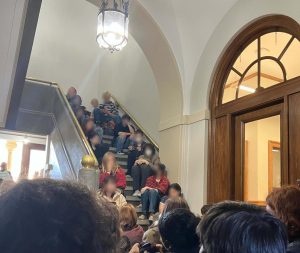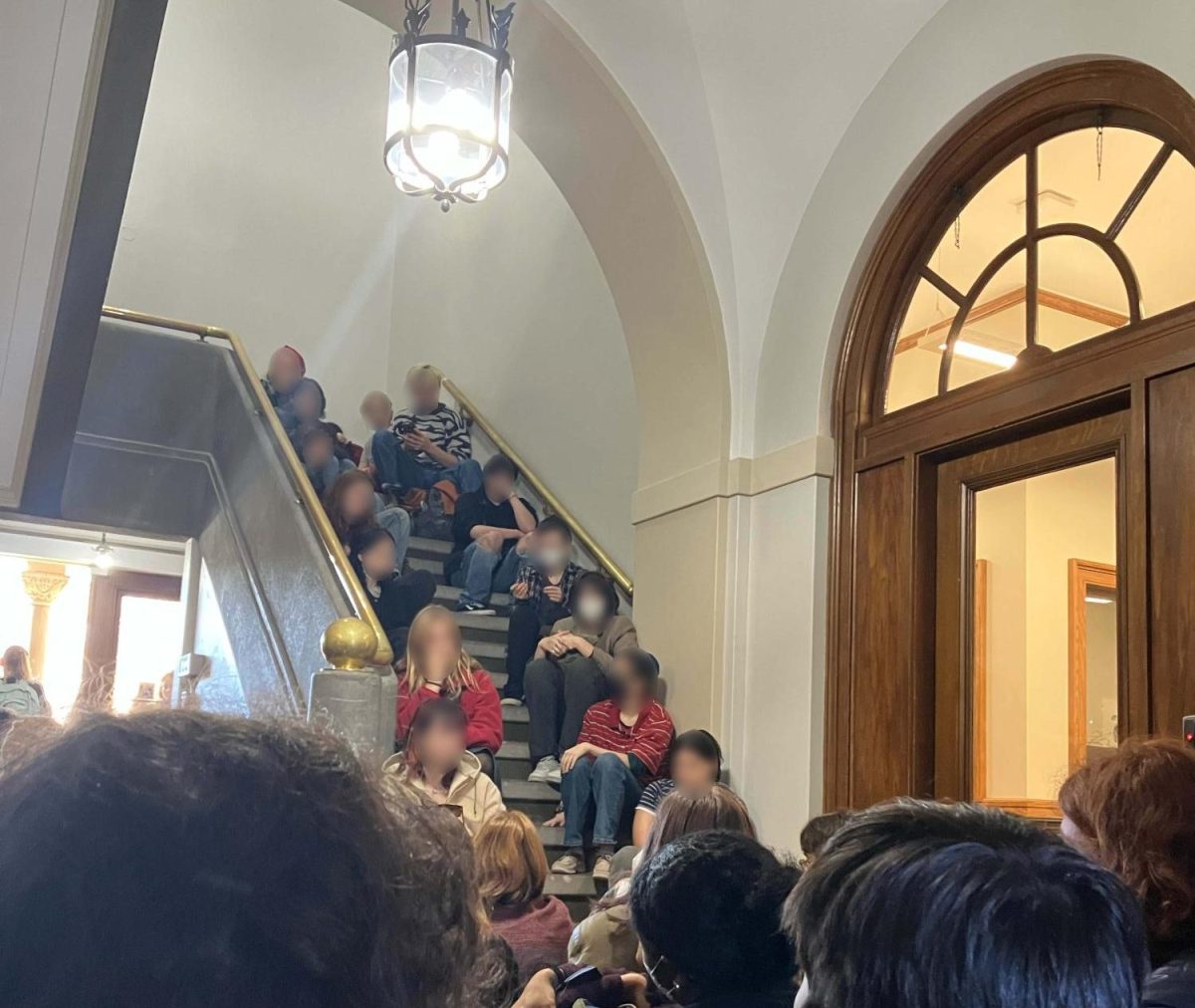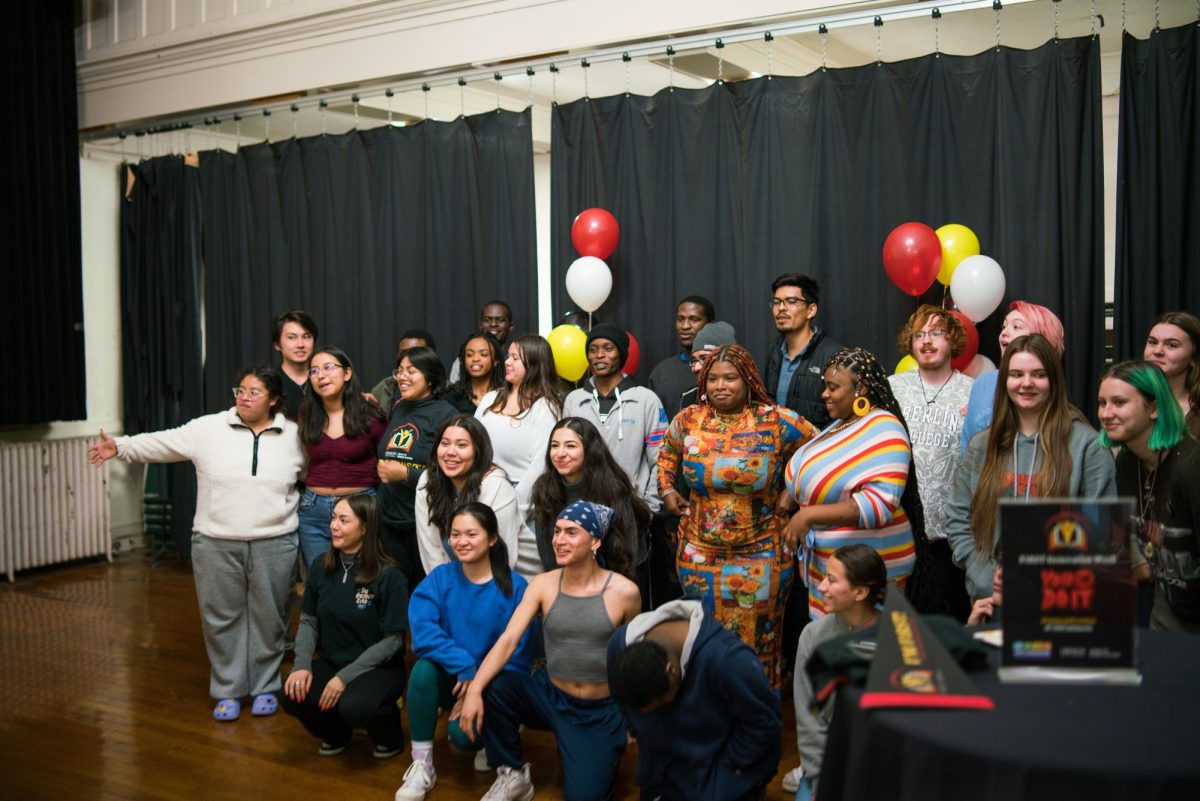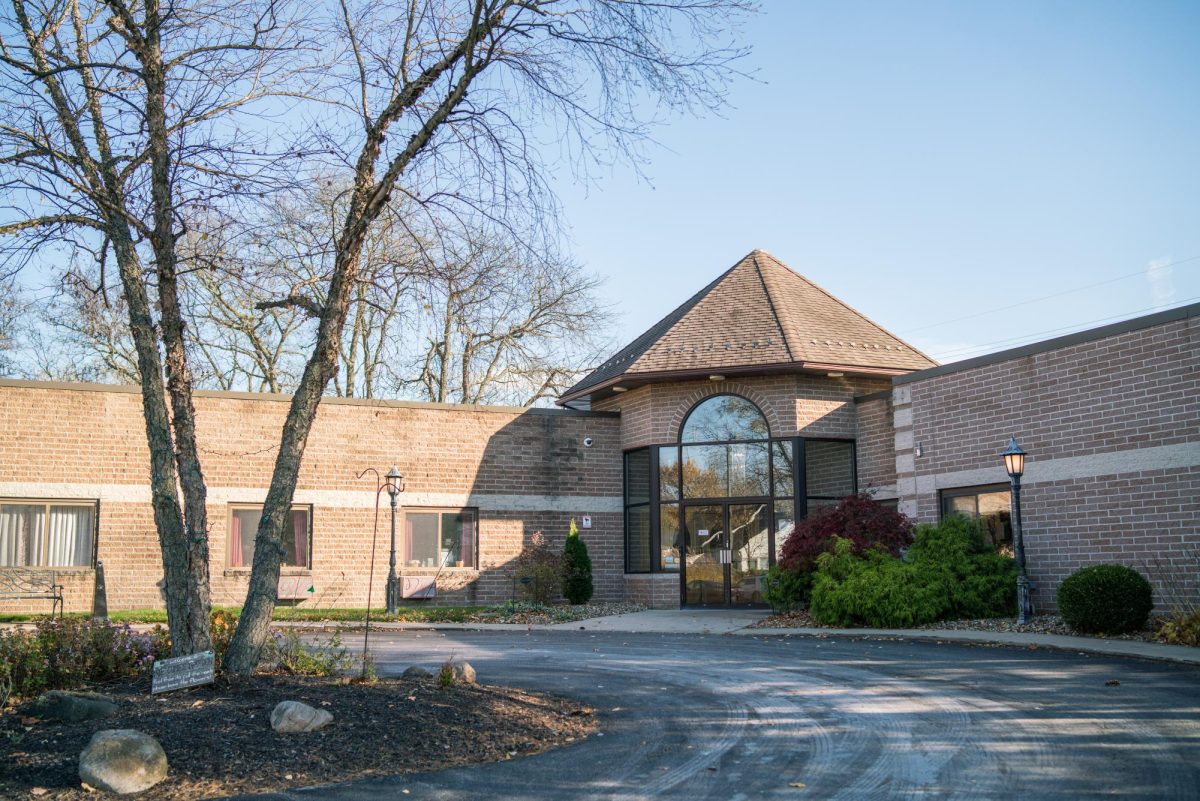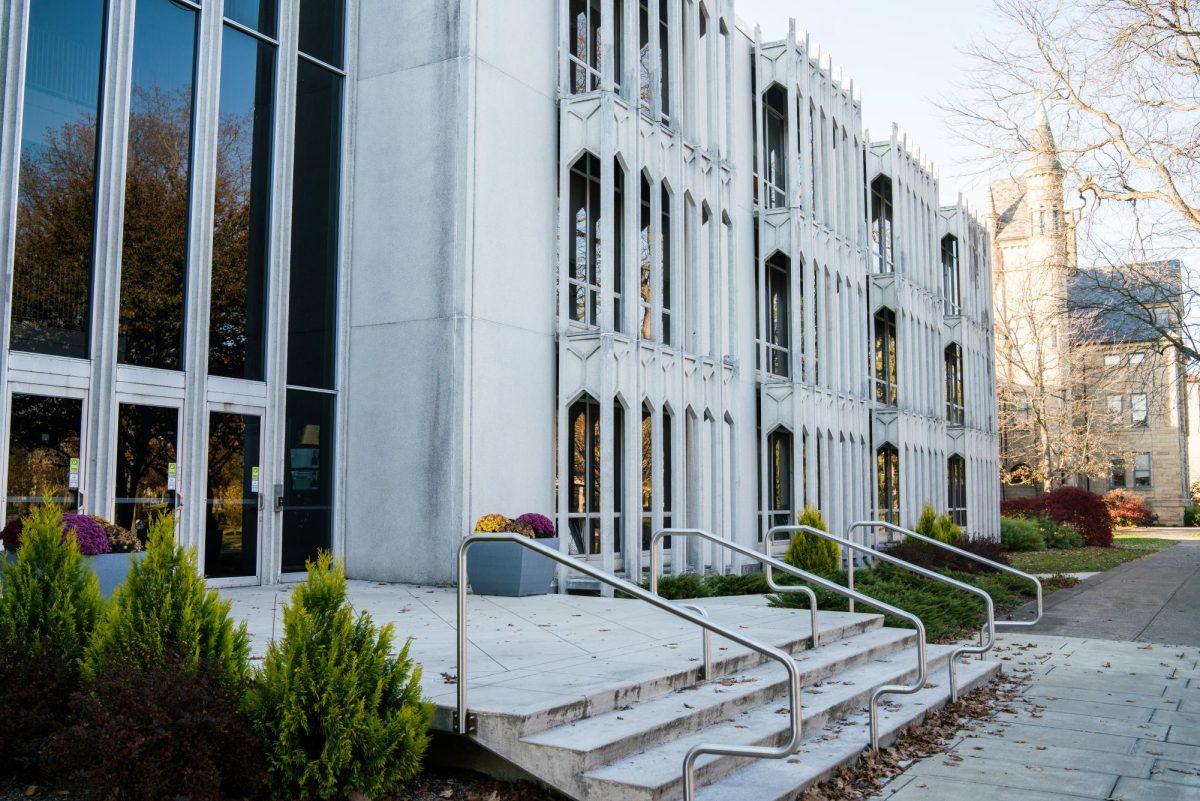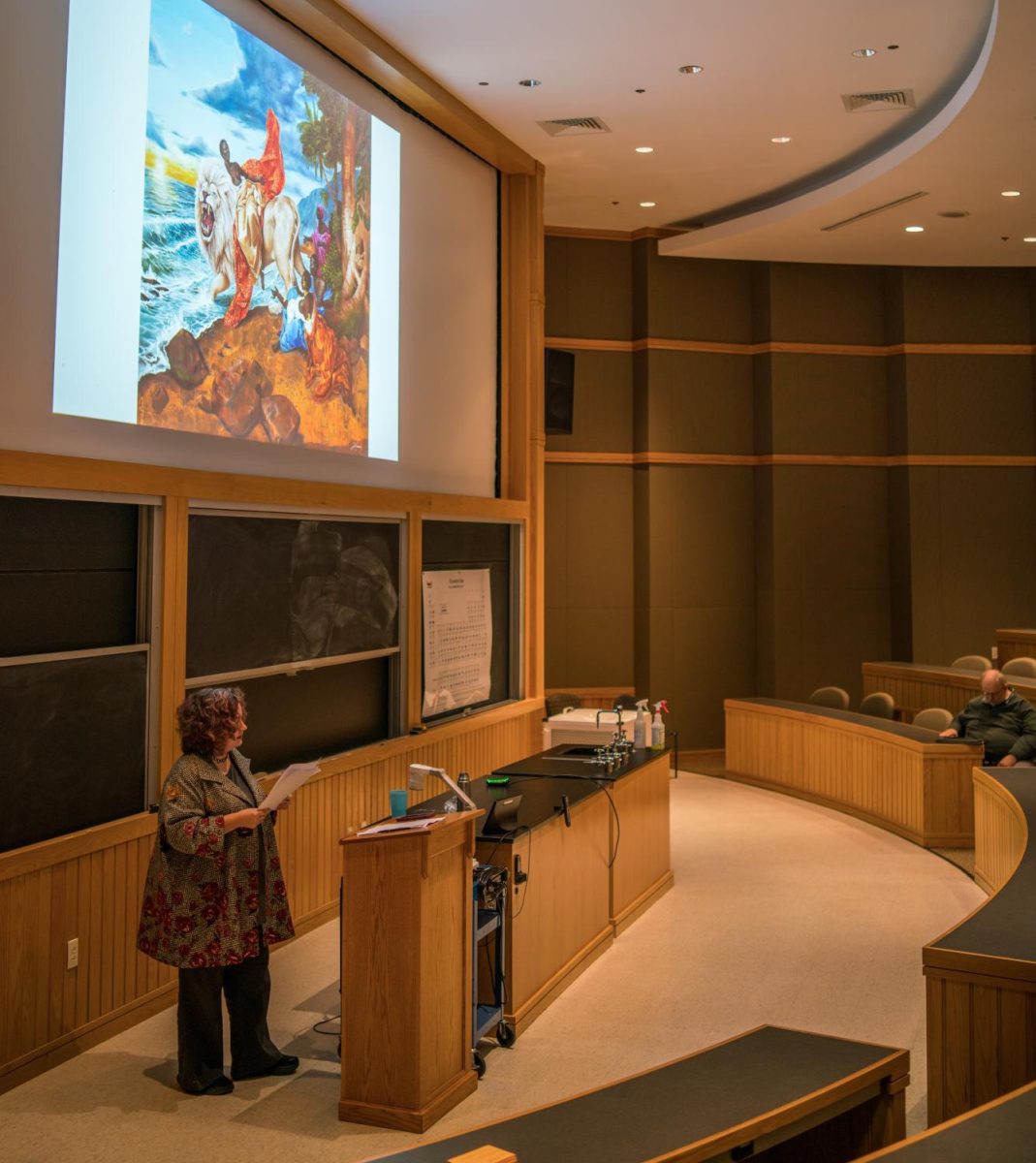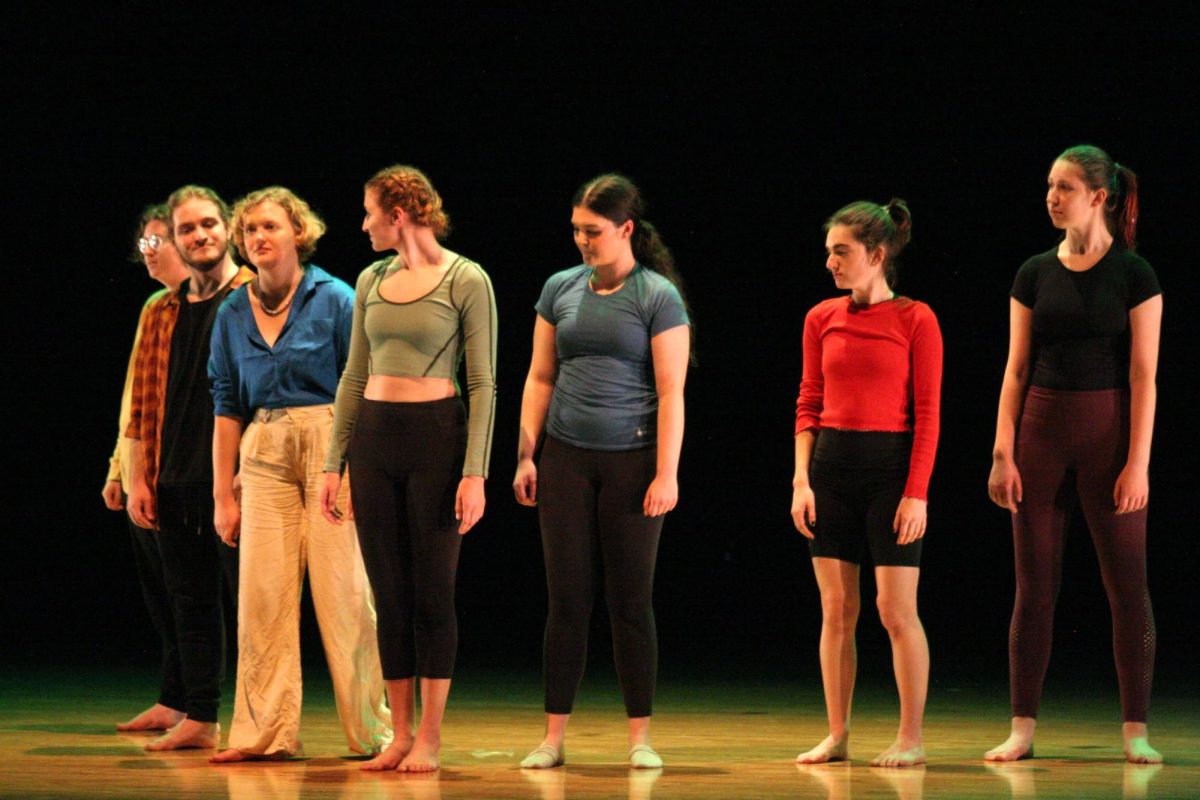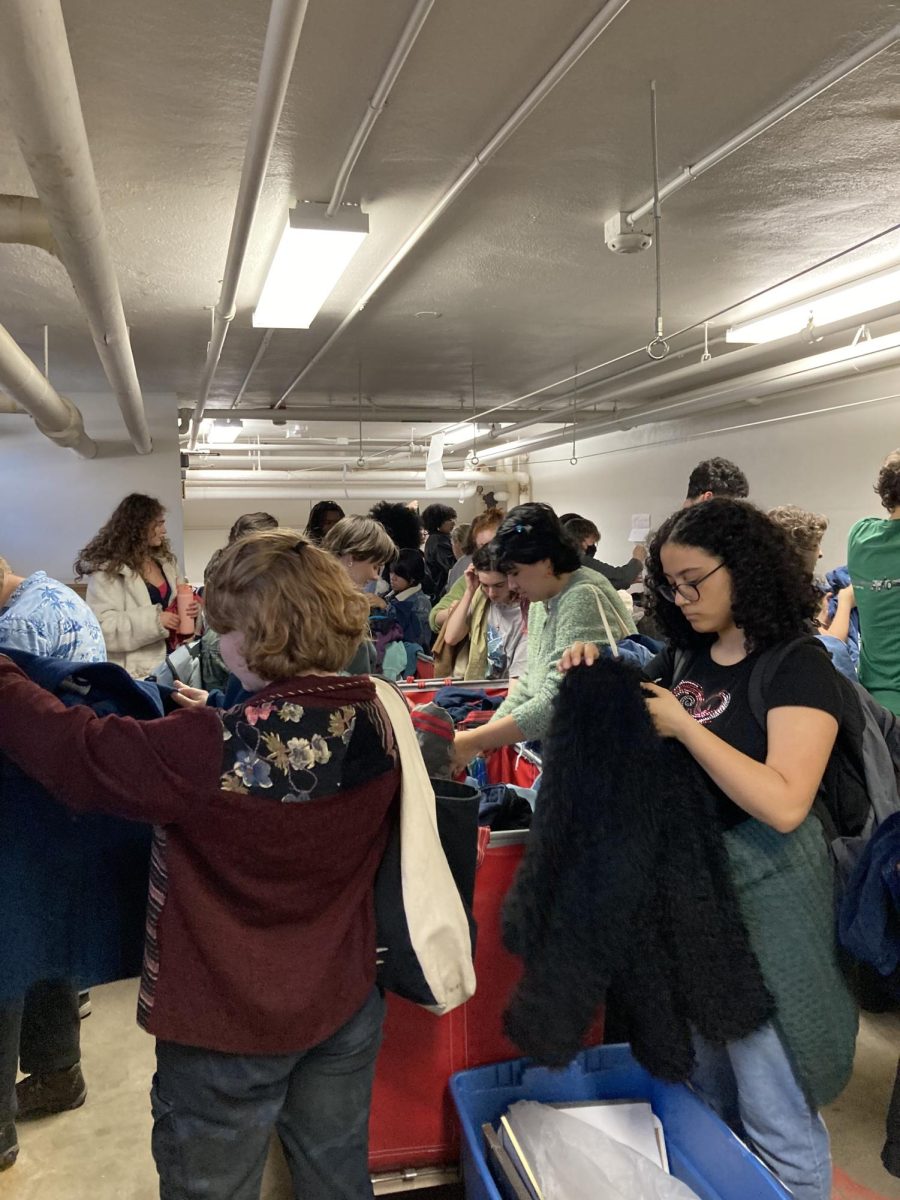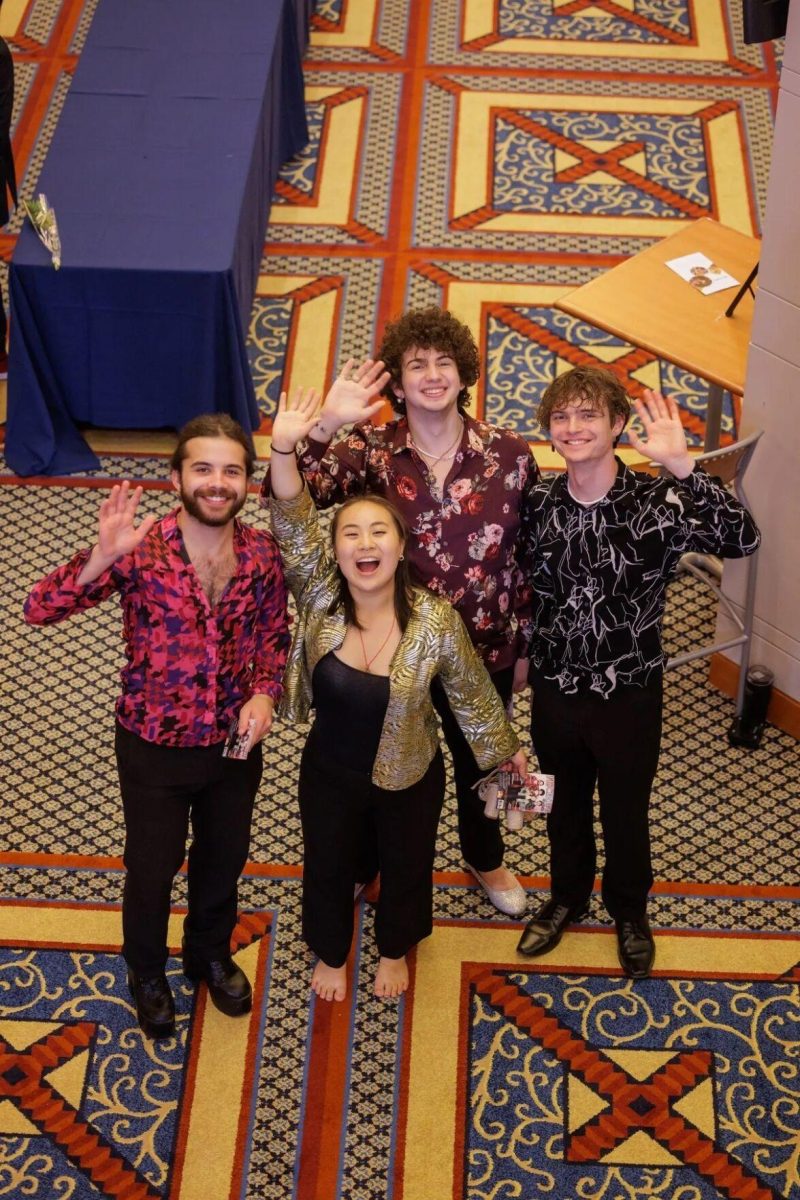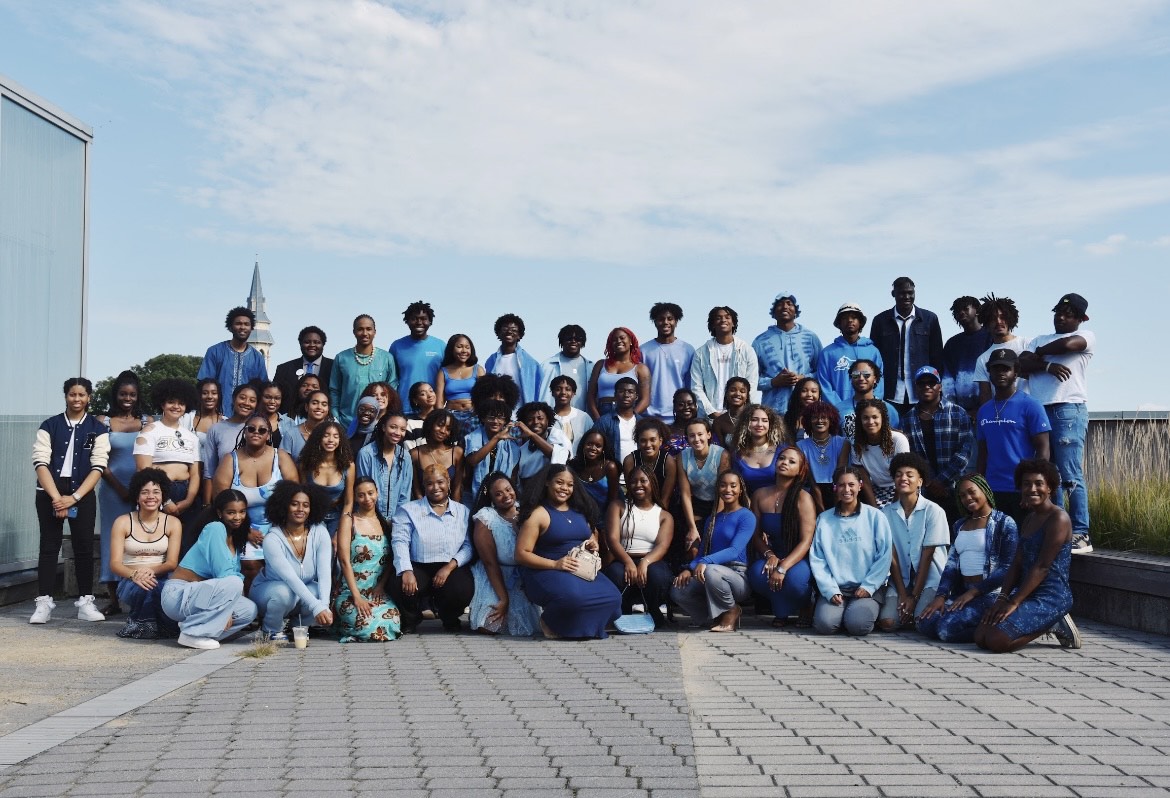Physics Student Presents Honors Thesis on Carbon Capture Methods
April 29, 2011
In an environmentalist’s ideal world, the emission of greenhouse gases would be cut to nearly nothing. This is a lofty goal and one that remains unrealistic — for now. Many scientists from a variety of areas are working toward reducing greenhouse gases by a variety of methods. Among these researchers is College senior and physics major Jennifer Schloss, who presented her Honors thesis on carbon capture this past Monday, April 25. Her work is designed to aid scientists on the front line of carbon capture research, by providing a more in-depth understanding of carbon capture technology.
Schloss studies Metal-Organic Frameworks (MOFs), a promising new area of carbon capture technology that has the potential to greatly increase the efficiency and viability of carbon capture as a method of greenhouse gas reduction. MOFs also find use beyond capturing emitted carbon — they can be used to purify natural gases by separating CO2 and other gases from naturally occurring natural gases, or to store hydrogen gas for fuel cells.
MOFs separate gases by selectively binding only the desired gas (like CO2 or H2). Atoms have a tendency to stick to each other due to what are known as Van der Waals, or dispersion forces, Schloss described in her presentation. This force is so small that humans generally don’t notice it, but it becomes very important at the microscopic level — when atoms are extremely close and surrounded by other atoms, dispersion forces are strongest. It is exactly these conditions of strength that MOFs provide.
Scientists and laymen alike can think of MOFs as a scaffolding, holding up metal atoms like magnesium or cobalt. This scaffolding, along with the metal it holds up, is sticky enough to hold CO2, while allowing other molecules to pass through. This process relies on the extensive surface area of the MOF; if you were to take a gram of the MOF powder, and add up all the surfaces to which CO2 could bind, it would be roughly 3000 square meters — roughly half the size of a football field.
Unfortunately, finding the ideal MOF — that which is best suited for industrial applications — is extremely difficult. Different metals and different organic frameworks have different bond energies (a measure of the MOFs’ affinity for CO2). Furthermore, different MOFs have different surface areas. Based on the metal used in the MOF, and the geometry of the framework itself, there’s a mind-boggling number of different MOFs that could be fabricated. To determine the most effective MOFs, researchers need something better than trial and error.
This is where Schloss comes in.
Schloss uses diffuse reflectance infrared Fourier transform spectroscopy (DRIFTS) to determine exactly how the CO2 binds to the MOFs. DRIFTS starts by probing the motion of the CO2 (all molecules experience movement; atoms bonded to each other can stretch the bond like balls on a spring or swing back and forth like a pendulum). Just as many objects move in response to the compression waves of sound, molecules will move in response to the correct frequency of, in this case, infrared light. When this happens, the infrared light is absorbed and the energy is converted to increased movement. The exact manner in which CO2 moves depends on the way the MOF surrounds it. CO2 surrounded by stickier MOFs moves differently than CO2 surrounded by poor MOFs. Because different movement translates to different absorbed frequencies, Schloss can use data generated by DRIFTS to determine exactly what makes the MOFs sticky, and what doesn’t.
From the detailed information that she collected in her Honors project, Shloss can use her knowledge of quantum mechanics to generate parameters for other researchers who model the behavior of MOFs. This allows them to predict logically which MOFs will be most effective, pushing forward what could prove to be a great advancement in carbon capture technology.



